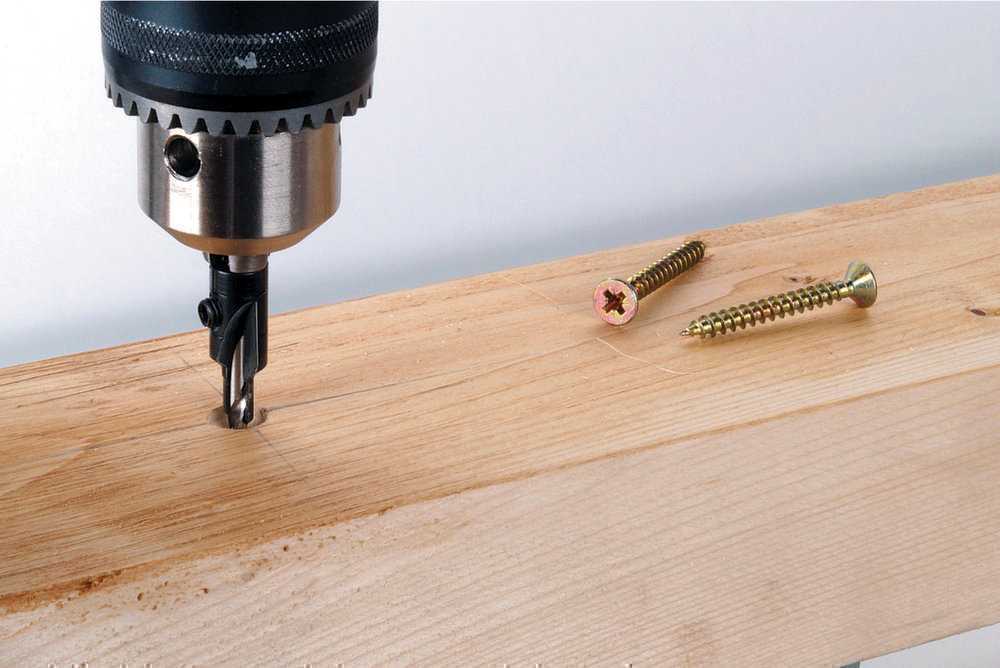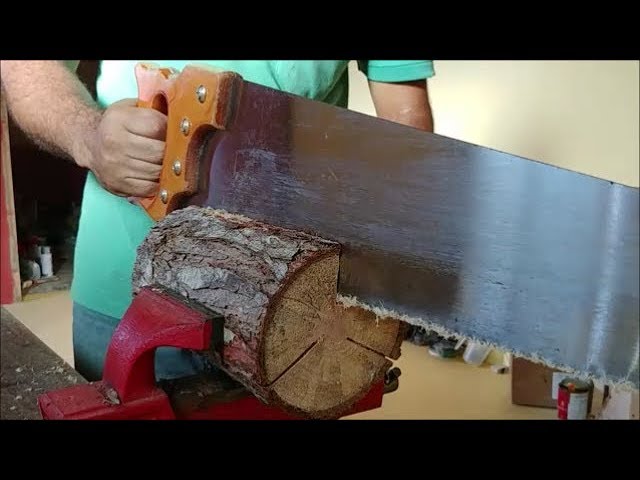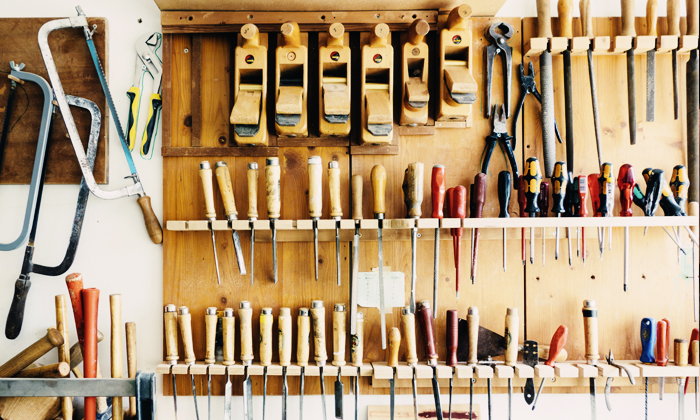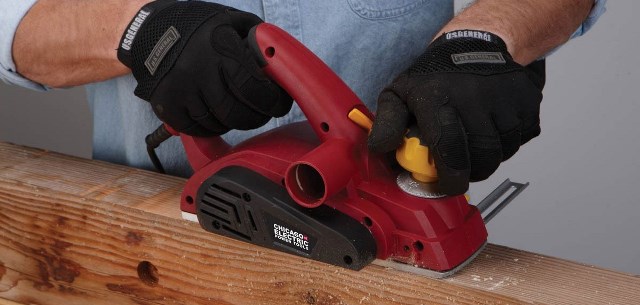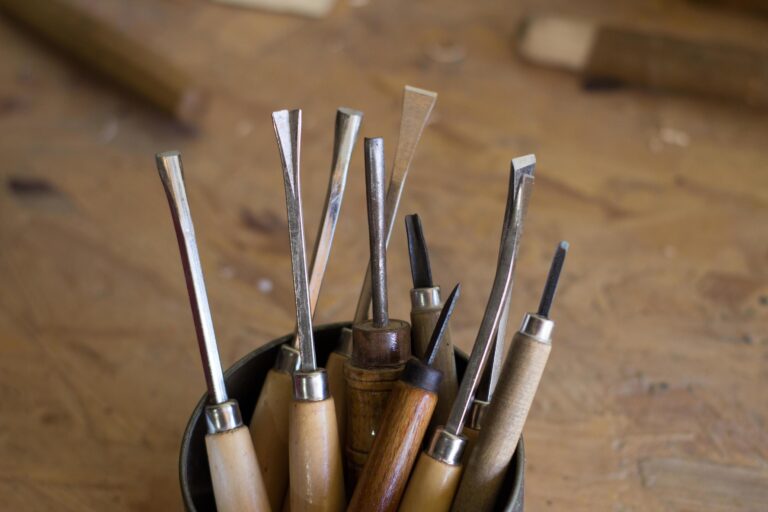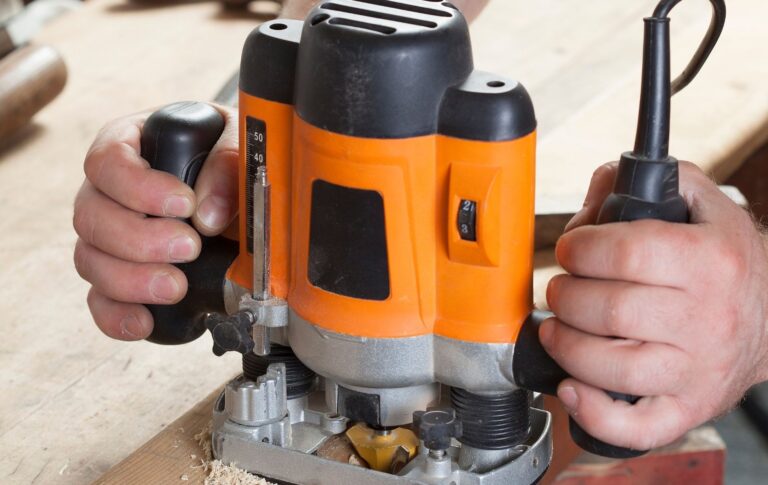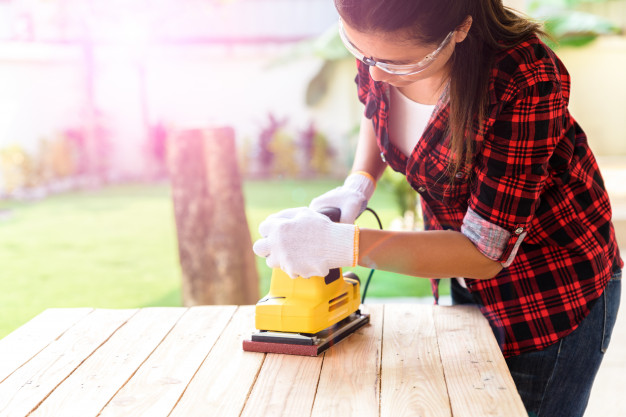Drills and Bits: How to Select and Use the Right Tools for Perfect Drilling
Choosing the correct tools to perform drilling is essential to guarantee perfect and safe results. In this article, we will explore the different drills and bits available on the market, as well as learn how to select and use them properly.
Carrying out correct drilling can make all the difference in the final result of a project. Using the wrong drill bit can cause damage to the material, resulting in irregular drilling, cracks or even a loose screw. Furthermore, using an inappropriate drill bit can damage the tool or even cause accidents.
Therefore, the aim of this article is to provide accurate and useful information about drills and bits, so that you can select and use the right tools, ensuring perfect drilling in your projects.
Table of Contents
Types of drills
There are different types of drill bits on the market, each designed to drill specific materials. Knowing these variations is essential to guarantee perfect drilling on different surfaces.
Wood drill bits
Wood drill bits are designed with a sharp tip that allows for a cleaner cut through wood. They are generally made of carbon steel or high-speed steel and have a helical shape that facilitates chip removal. When drilling in wood, it is important to choose drill bits with sharp tips and to sharpen or replace damaged bits regularly.
Drills for metal
Metal drill bits are shaped differently than wood drill bits. They are made of high-speed steel, coated with titanium or cobalt oxide, to increase resistance to the heat generated during drilling. These drills usually have a carbide tip, known as an insert, which allows them to cut harder metals with ease. When drilling metal, it is essential to use drills with an appropriate drilling speed and apply a lubricant to reduce the heat generated.
Masonry drill bits
Masonry drill bits are specifically designed to drill into brick, concrete, and other masonry materials. They have a hard metal tip, usually in the shape of a sword, and have a special treatment to increase wear resistance. These drills also have a special shape, with channels for removing dust resulting from drilling. When using masonry drill bits, it is important to apply constant pressure, without forcing too much, to prevent the drill bit from getting stuck.
Special drills
There are also special drills for specific materials, such as glass, porcelain and ceramics. These drills have a diamond tip or a tungsten carbide coated tip, designed to cut through hard and brittle materials without breaking them. When using special drill bits, it is essential to follow the manufacturer’s instructions, as these drill bits require a specific drilling speed and moderate pressure to avoid damage.
Tips for choosing the right type of drill for each material
When choosing the appropriate drill for each material, it is important to consider the hardness of the material, the desired hole diameter and the drilling speed recommended by the drill manufacturer. It is also essential to check whether the drill is suitable for use in a regular drill or an impact drill, as these tools have different rotation speeds. Additionally, it is recommended to consult the manufacturer’s instructions for the material to be drilled, when available, to ensure accurate and damage-free drilling.
With the appropriate choice of drill bits, you will guarantee perfect drilling in different materials, avoiding damage to the material and wasting time and energy. Remember to always follow the manufacturer’s recommendations to ensure safety and extend the life of your tools.
Drill Sizes
When it comes to perfect drilling, it is essential to consider the appropriate drill size. Each type of drilling requires a specific diameter, and choosing the right drill makes all the difference in the final result.
Drill bits are measured in diameter, usually in millimeters (mm). It is common to find drills with different sizes, which allows drilling of different diameters. The size of the drill directly influences the ability to drill the desired material.
To choose the right size for each type of drilling, it is important to consider the material to be drilled. Some materials require larger drill sizes to facilitate material removal. For example, when drilling solid wood, it is recommended to use a larger diameter drill bit to obtain a cleaner and more efficient hole.
Another situation where the size of the drill bit affects the final result is when dealing with fragile materials, such as tiles or glass. In these cases, it is important to choose a drill with a smaller diameter to avoid damaging the material. Using a drill bit that is too large can cause cracks and compromise the drilling result.
Therefore, when selecting the drill size, take into consideration the material to be drilled and the desired result. Choose a drill with the appropriate diameter to ensure accurate and efficient drilling .
In short, choosing the right drill size is essential to obtain perfect drillings. Consider the material to be drilled and the purpose of drilling when selecting the ideal drill bit. Keep in mind that a larger diameter can make it easier to remove dense materials, while a smaller diameter is better suited for brittle materials. Pay attention to details and ensure precision in your drilling.
Screwdriver bits and tips
When performing perfect drilling, it is essential to understand the difference between drills and bits, as well as knowing the types of bits available and their respective purposes. While drills are responsible for making the hole itself, bits are used for screwing and unscrewing.
There are several types of bits on the market, each suitable for a specific type of screw. Some examples are the Phillips bit, which has two crossed ends and is ideal for Phillips head screws, and the slotted bit, used for straight head screws.
In addition to these, there are also double-ended bits, such as Torx, which have a star shape and offer more security when tightening or loosening screws. For hexagonal screws, you can use the Allen bit, which has a hexagonal shape.
To use the bits correctly, it is important to keep some tips in mind. Firstly, it is necessary to choose the appropriate bit for the type of screw that will be used. Using an inappropriate bit can damage the screw, as well as making the work more difficult and damaging the final result.
Another important point is to use the correct speed when screwing. Generally, it is recommended to use a lower speed to prevent the screw from slipping or the head from being damaged. It is also important to apply the correct force during the process, avoiding tightening too much or not tightening enough.
When using bits, it is essential to pay attention to safety. Wearing protective glasses is essential to prevent residue from getting into the eyes. Furthermore, using appropriate gloves and clothing can prevent minor accidents.
Finally, it is important to highlight that it is essential to purchase quality drills and bits that are suitable for the type of work that will be carried out. This guarantees a satisfactory result and extends the useful life of the tools.
Therefore, when drilling and screwing, it is essential to understand the difference between drills and bits, as well as how to use the bits correctly for each type of screw. By following these tips, you will ensure safer and more efficient work.
Care and tips
When using drills and bits, it is important to take some care to ensure the efficiency and durability of the tools. Firstly, it is essential to choose the appropriate drill or bit for each type of material, taking into account its characteristics. Using the correct tool will prevent damage to both the part and the drill or bit itself.
Furthermore, it is essential to take measures to extend the useful life of tools. An important tip is to clean and lubricate drills and bits regularly. This will prevent the accumulation of residue and corrosion of parts, ensuring more effective performance.
To avoid accidents when using drills and bits, it is necessary to adopt some safety practices. It is recommended to use personal protective equipment, such as gloves and safety glasses, to avoid injuries. It is also important to securely fix the piece that will be drilled, to prevent it from moving and causing accidents.
Another valuable tip is to start piercing with gentle pressure and gradually increase it. This will ensure greater control of the tool and prevent it from straying or breaking during the process. Furthermore, it is essential to check the appropriate speed for each type of drill and material, avoiding overheating and damage to the tool.
In summary, when using drills and bits, it is essential to choose the appropriate tool for each type of material, take care of cleaning and lubrication to extend their useful life and adopt safety measures to avoid accidents. By following these tips, you will be able to perform perfect drilling and obtain the best results in your projects.
Conclusion
In this article, we talk about the importance of selecting and using the correct tools when drilling. We have seen that the use of appropriate drills is essential to obtain perfect results, avoiding damage to materials and ensuring greater work efficiency.
Throughout the text, we discuss the different types of drills available on the market, such as drills for wood, metal, masonry and also special drills for glass and porcelain tiles. Each of them has specific characteristics and it is important to choose the correct drill for each material to be drilled.
Furthermore, we highlight the importance of choosing the right drill size for each type of drilling. Proper sizing will ensure hole accuracy and prevent future problems. We also explore the difference between drills and bits, focusing on the types of bits and their respective purposes. Knowing how to use these tools correctly is essential to obtain a satisfactory result when screwing.
To take care of your tools, we highlight some important precautions that must be taken when using drills and bits. Additionally, we provide tips to extend the life of these tools and ensure safety while working.
In short, the importance of selecting and using the correct tools for perfect drilling is evident. Following the tips and guidelines presented in this article will certainly contribute to more efficient and satisfying work.
Therefore, we encourage you to put into practice the knowledge acquired here. Consult the references used to further deepen your knowledge on the subject. And remember: by using the correct tools, you will guarantee the quality and precision of your drillings.

